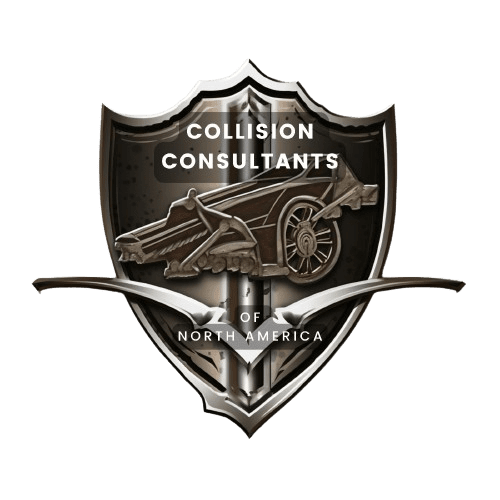FAQs on Total Loss Car Insurance Claims

Posted on November 20th, 2025
Your Guide to Understanding Total Loss Claims in Auto Insurance
Frequently Asked Questions
1. What does "total loss" mean in car insurance?
A vehicle is considered a "total loss" when the cost to repair it exceeds its actual cash value (ACV), or if it cannot be safely repaired. Insurance companies typically declare a car a total loss when the repair costs plus salvage value approach or surpass a certain threshold of the car’s value, often around 70-80%.
2. How do insurers determine if my car is a total loss?
Insurers assess the damage, estimate repair costs, and compare this to your car’s actual cash value before the accident. If repairs are not economically viable or the car can't be restored to a safe condition, it’s declared a total loss.
3. What is Actual Cash Value (ACV)?
Actual Cash Value (ACV) is the pre-accident market value of your car, taking into account its age, mileage, condition, and depreciation. This is the amount your insurer will pay you, minus your deductible, if your car is totaled.
4. What happens after my car is declared a total loss?
Once your car is deemed a total loss, your insurance company will offer you a Low Ball settlement based on the ACV. This is when you can Invoke your Appraisal Clause, Hire an Independent Appraiser (Collision Consultants of North America) to get you what your vehicle was actually worth prior to the accident. You’ll receive this payment after subtracting any applicable deductibles and outstanding loans or liens. The insurer usually takes ownership of the vehicle, which is then sold as salvage.
5. Can I keep my totaled car?
In some cases, you may be allowed to retain the vehicle after a total loss settlement. The insurance payout will be reduced by the car's salvage value. Be aware that the car may receive a “salvage” or “rebuilt” title, if it falls within your states Titla Laws (Usually 6 or 7 years old) which can affect its resale value and insurability.
6. Do I still have to pay my car loan if my car is totaled?
Yes, you are responsible for any remaining balance on your car loan. If your insurance settlement is less than what you owe, you must pay the difference. Gap insurance can help cover this shortfall if you have it. If you have a lien on your vehicle, the insurance company makes that payment first, what is left over, if any, they will pay it directly to you.
7. How long does a total loss claim take to settle?
The timeline varies, but most total loss claims take one to three weeks to resolve, depending on factors like claim complexity, documentation, and negotiations with your lender if there’s an outstanding loan. Take this time to stay active in your claim as insurance companies can drag it out longer than needed.
8. Can I dispute the insurer’s valuation of my car?
Yes. If you believe the insurer’s offer is too low, you can provide evidence of your car’s value, such as recent sales of similar vehicles, maintenance records, and upgrades. You may also hire an independent appraiser. Collision Consultants of North America is one of the leaders in Total Loss Evaluation Settlements.
9. Will a total loss claim affect my insurance premiums?
Filing a total loss claim may result in higher premiums, especially if you were at fault or have recent claims history. Rates vary by insurer and state regulations.
10. What documents do I need to file a total loss claim?
You typically need your insurance policy number, accident report, vehicle title and registration, loan or lease information, and any photos or evidence related to the incident.
11. What should I do immediately after my car is totaled?
Contact your insurance company to start the claim, gather necessary documents, remove personal belongings, and notify your lender or leasing company if applicable.
12. Does total loss coverage differ for leased or financed vehicles?
The process is similar, but payouts often go directly to the lender or leasing company first. You may still owe money if the settlement does not cover the full balance, unless you have gap insurance.
13. What is gap insurance, and do I need it?
Gap insurance covers the difference between your car’s ACV and what you owe on your loan or lease if your car is totaled. It’s especially useful if you have a new car or a long-term loan.
14. Who gets the settlement check in a total loss claim?
If your car is financed or leased, the check usually goes to the lender or leasing company, who will pay off the loan and send you any remaining balance. If you own the car outright, you receive the settlement directly.
15. Can I buy another car with my total loss settlement?
Yes, once you receive the settlement (after any loans are paid off), you can use the funds toward purchasing another vehicle of your choice.
Still Have Questions?
Contact your insurance agent or company for policy-specific details, as procedures and coverage can vary.
Contact Us
Get in Touch
Ready to experience the expertise and advocacy of Collision Consultants of North America? Fill out our contact form today and let us guide you through the complexities of collision repair with precision, transparency, and a commitment to your safety and satisfaction.
